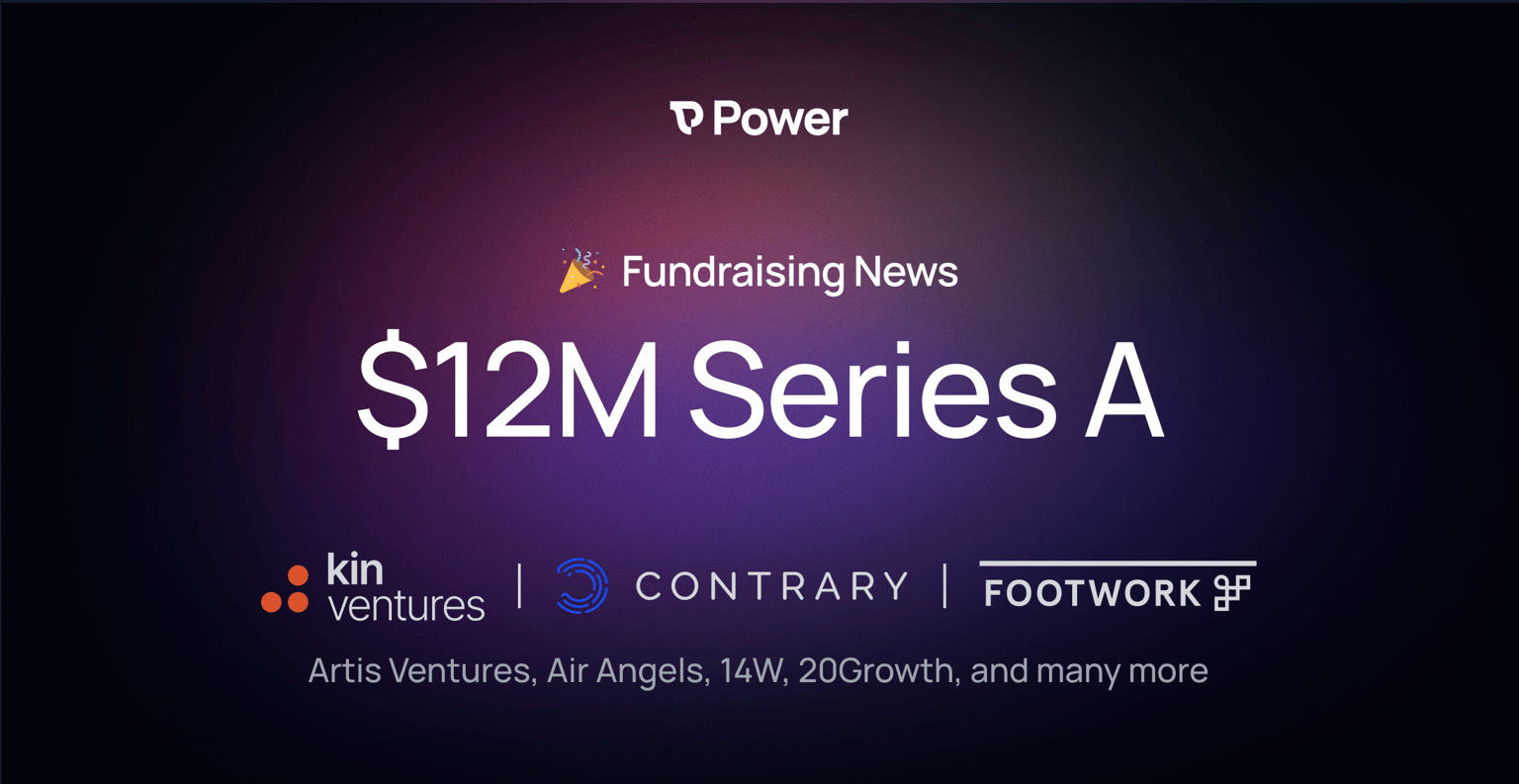Bringing the Clinical Trial System into the 21st Century — FinallyA dated system has failed to meet patient needs for far too long.

A dated system has failed to meet patient needs for far too long.
We're doing something about it.
Michael “Bask” Gill and Brandon Li, Co-Founders @ PowerIn 2021, my dad was diagnosed with multiple myeloma – a chance discovery after a fractured vertebra from a minor fall. Six months later, he’d lost 60 pounds and was no longer responding to chemo. Like any son would, I spent countless hours poring over published studies to ensure he would get the best possible treatment.Sadly, because he started on this first line of therapy well before I’d gotten my bearings, I failed: not only did his first line of treatment disqualify him from the most promising Phase 3 immunotherapy trials, I didn’t realize that the regimen itself was terribly outdated until after he began.We eventually got Pops onto a different line of therapy, but had he been more frail, it’s entirely possible that this first medical misstep would’ve been his last.Which is to say, relative to many, we were lucky. Every day patients like my dad are pushed away from clinical research because of dense jargon, unclear tradeoffs, and an opaque, time-consuming enrollment process. A dear friend of Brandon’s had a similar experience: given an unacceptable prognosis, she endured a grueling search for a cancer clinical trial that ultimately led to her remission.
Seeing all this struggle firsthand is why we started Power: by reimagining trial recruitment with the patient at its core, we can help the system function better for everyone involved. Today we’re proud to share that our team’s hard work has been validated through a $12 million Series A, led by Kin and Contrary with support from our existing investor Footwork. We look forward to continuing to build the network for life science R&D.
Seeing all this struggle firsthand is why we started Power: by reimagining trial recruitment with the patient at its core, we can help the system function better for everyone involved. Today we’re proud to share that our team’s hard work has been validated through a $12 million Series A, led by Kin and Contrary with support from our existing investor Footwork. We look forward to continuing to build the network for life science R&D.
Building a modern network for clinical research
First, simplify the patient experienceTo build our patient product, we took an approach similar to marketplaces like Zillow. We developed technology that aggregates clinical trial information and feeds it into Power’s patient interface. Along the way, we filled our days with patient calls to make sure each piece was comprehensible. Today, our product seamlessly ushers patients through their journey in three key ways:- Discover: We make it easy for a diverse patient base to find Power and make it straightforward for them to discover relevant trials.
- Evaluate: We provide patients with plain-language summaries, FAQs, and eligibility requirements, to help them understand each trial’s tradeoffs.
- Connect: We make it simple for patients to connect and communicate directly with researchers.
Transforming an Industry
While we’re proud of all this progress, and optimistic about what the future holds, we know that the real victory for patients requires broader collaboration.That’s why we’re aiming to set a new standard for the clinical trial industry at large. To this end, we recently published Blueprint for Modern Patient Recruitment: Redefining the Approach to Patient Recruitment in Clinical Trials. Rigorously researched and crafted in partnership with Murray Abramson, MD, MPH, and Former Head of Global Clinical Operations at Biogen; Victoria DiBiaso, VP, Global Head Patient Informed Development & Health Value Translation at Sanofi; Antonios Clapsis, Former President, CVS Clinical Trial Services; Sadaf Eslami, Senior Clinical Trial Manager at IDEAYA Biosciences; and Anthony Yanni, MD, SVP and Global Head of Patient Centricity at Astellas Pharma, the white paper maps out how stakeholders across the industry can work together to transition from traditional to modern patient recruitment.Because if we’ve learned anything, it’s that all the key stakeholders — patients, researchers, and trial sponsors — are trying to find each other and save lives.The only thing standing in their way is an outdated system.